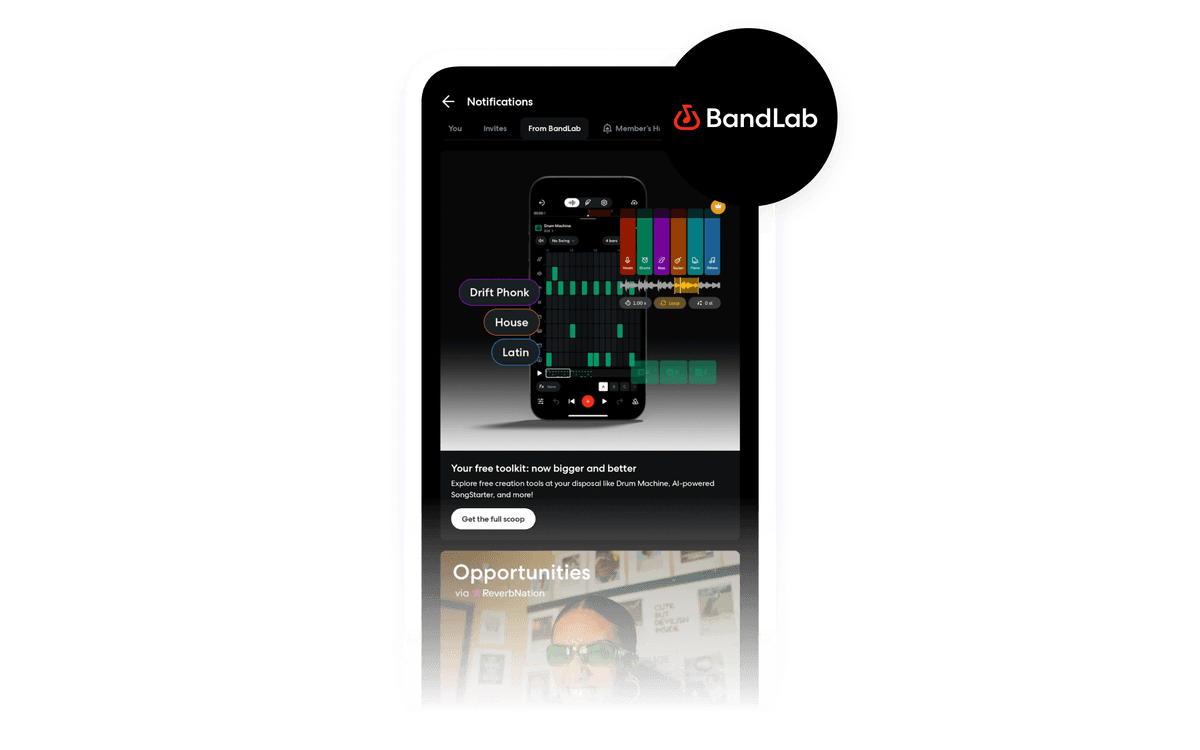Featured Stories

blog9 min read
April 2025 Bonfire Marketer of the Month: Neighborly’s Kayla Upton

Emily Calderon

blog17 min read
What is cross-channel marketing and why does it matter to your business?

Team Braze

blog8 min read
How Braze Feature Flags Can Support A/B Testing and Experimentation

Benjamin Kasman
SUBSCRIBE
Please select one option only and then submit your preference.Please enter your business email address.Be Absolutely Engaging.™
Sign up for regular updates from Braze.
Loading...
Explore more from the Resource Hub










